Is the Great Wall of China the only man-made building detectable with the naked eye from the moon?
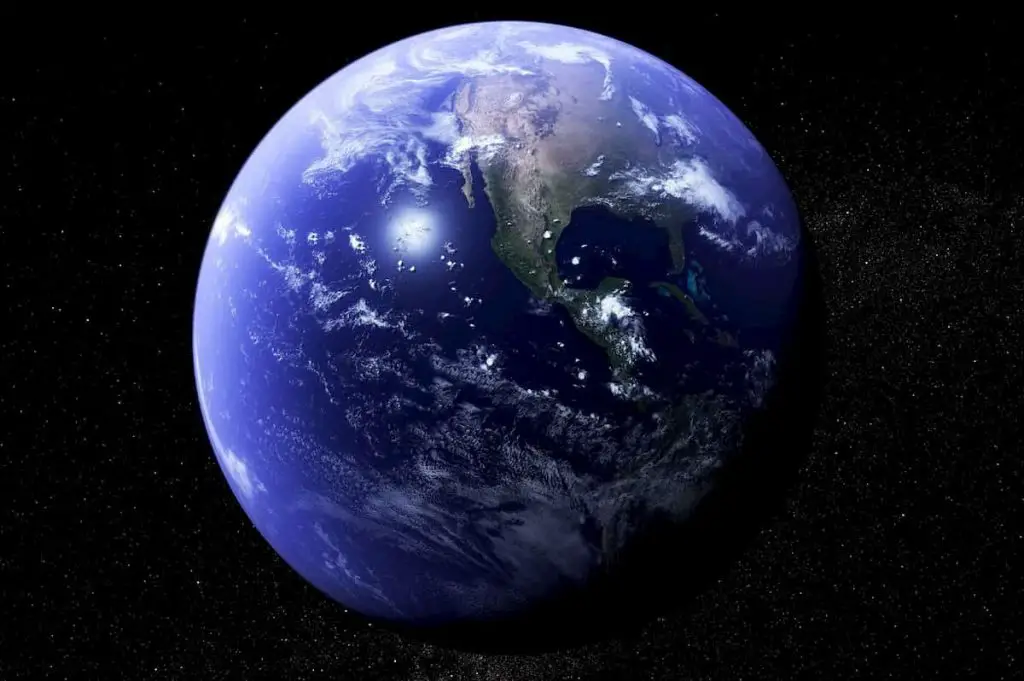
The Great Wall of China from space.
The Wall that separated imperial China from the barbarians of the north, is not one, but many. And it wasn’t built in one moment but in the arc of thousands of years.
The beginning of the Wall-building started as far back as in the Spring and Autumn period (770–476 BC). At that time China wasn’t united but various Chinese KIngdoms fought one another for the sovereignty. The simple walls from stone or stamping earth were more to divide the different dynasties from east to west than to defend from attacks outside the Chinese territory.
When Qin Shi Huang unified China in 206 BC, he started to tear down the parts of the wall within his united Empire. And he reinforced and connected the parts facing north.
The danger to the newborn Chinese Empire was coming from the steppe in the form of invasions or raids from the one or more of the nomadic tribes.
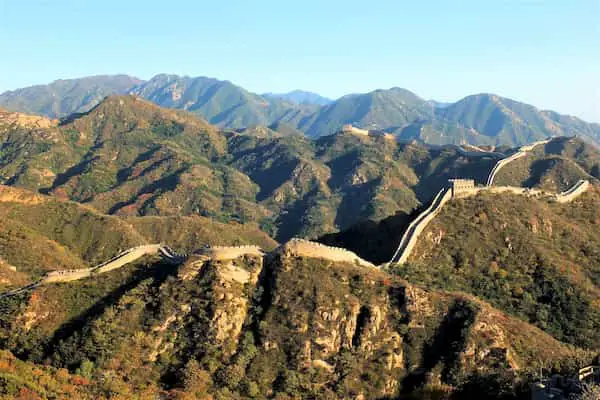
Later, the following Dynasties all repaired, rebuilt, and expanded sections of the Great Wall. As the borders of China changed during the centuries, the stretch of the wall changed. Some Dynasties who were closer to today’s Mongolia built walls. The Khitan- and Jurchen (Manchu-) Dynasties built walls as far north as inside Russia. These parts do not connect to the Great Wall we see today.
There’s even a wall to the south, close to the ancient town of Huangsiqiao,
The Ming Dynasty
In 1279, the Mongols and Kublai Kahn conquered all of Chine and brought it under control of the Yuan Dynasty. When the Mongols were defeated in 1368, Zhu Yuanzhang, the first Emperor of the Ming Dynasty came to power. He and all the Emperors after him reinforced and enlarged the Wall. They felt the need to defend China against the Mongols, against whom they had failed to get a definitive military upper hand. The parts of the Wall that are from the Ming Dynasty, are stronger, and better defended. These are the best-preserved parts. And these are where tourists come in thousands every day to visit and take pictures.
The Ming Dynasty Wall alone is 8850 kilometers (5500 miles). And it is not only a wall, but transportation routes, barracks, fortifications, toll stations as well. It is a huge defense construction.
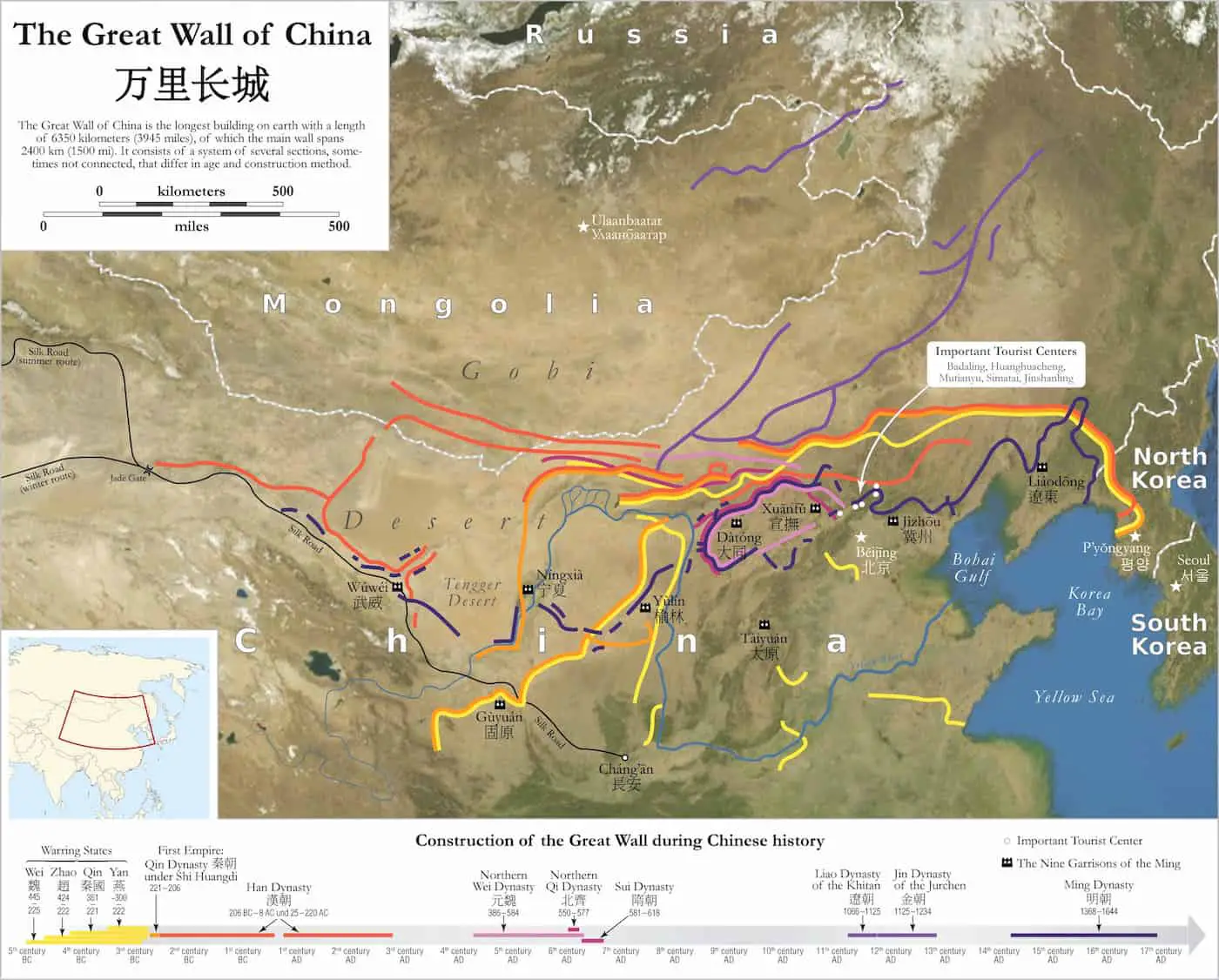
The numbers
The Great Wall of China from space, or from walking on top of it, is this big:
- The total length is 21.196 kilometers (13.170 miles). The Ming Dynasty-part (The widest, highest, most intact, and best-preserved part of the Wall) is 8,850 kilometers (5,500 miles) long.
- The average height is 6 to 7 meters (20 to 23 feet). The tallest parts are 14 meters (46 feet). The lowest part is only 1 meter (3,3 feet)
- The average width is 4 to 5 meters (13 to 16 feet). The widest part is 16.7m (54.8ft) and the narrowest is only 70 centimeters (2,3 feet). That’s the same part of the Juyongguan Great Wall that has a height of 1 meter. The width is greater at the base.
The human eye

The human eye is a wonderful tool. It can function in bright sunlight, and it can see in almost complete darkness. It can focus on a tiny insect, or it can watch the stars, It can determine distance, and it can see all the colors of the rainbow. But can it see the Great Wall of China from space?
A human eye has a maximum angular resolution of approximately 280 microradians. From 10.000 meters a pixel would be big as a bus. But there’s more to it than just the eye. The brain can compensate for the lack of pixels by moving the eye slightly. Then we have two eyes, and both of them face the same direction. Together they can determine distance, although that only works up close. But they can compensate for each other and increase the details further on objects far away.
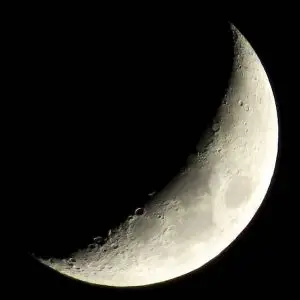
So, maybe you can see not only a bus from 10.000 meters but even a small car. But that would probably be the smallest detectable object, and you would have to have 20/20 vision.
Great Wall of China from space and beyond
So, can you see the Chinese Wall from the moon? A very unscientific way to test it could be to go out at night and look at the full moon. If there was a Great Wall of China up there, would you be able to see it? No, it would be impossible. Most people would agree to that.
How small objects can you see on the Earth’s surface from the moon? The theoretical calculation gives a minimum size of about 800 kilometers (500 miles) width. Adjusted for the brain’s excellent way of handling the multiple information from the two eyes, gives a minimum size of about 350 kilometers (200 miles) in two directions. Given the viewing angle, the atmosphere with clouds, and the fact that most people don’t have 20/20 vision, it could very well be difficult to detect Florida. Let alone a stone wall that is less than 10 meters (30 feet) wide.
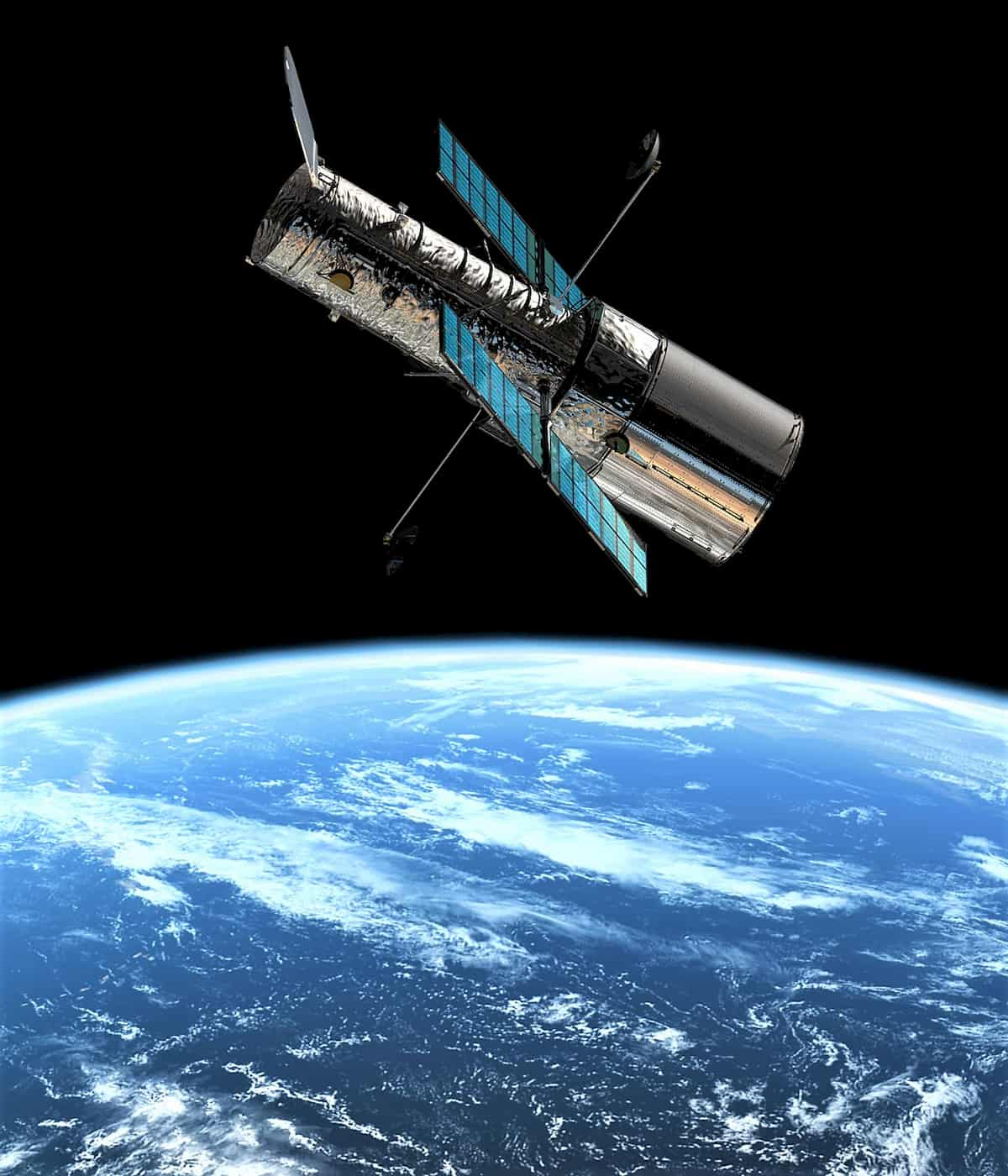
Great Wall of China from space
Let’s get a bit closer. The International Space Station has a target altitude of 40 km (25 miles). At that level, a theoretical minimum detectable object of over 100 meters, could possibly become 50 with the arguments mentioned above. But that’s still more than 5 times the width of the Great Wall of China from space.
Another unscientific experiment you could try is to look at the Wall with Google Earth. There you notice that at a height of around 25 kilometers you lose it. In fact, astronauts from the ISS claim that you can’t see it with the naked eye. It’s simply too far away, and it’s too small.
From the ISS you can see the Palm islands of Dubai, the Pyramids, the Kennecott Copper Mine in the US, the Greenhouses at Almería in Spain, some very big roads, and bridges, and dams… And a whole lot of other stuff.
From the moon… Well, it’s just too far away to see anything man-made. Man is just too insignificant.
Conclusion
No, you can’t see the Great Wall of China from the moon. You can’t see it even from the International Space Station. You could probably detect it from an airplane at 10.000 meters (33.000 feet), on a clear day.
sources